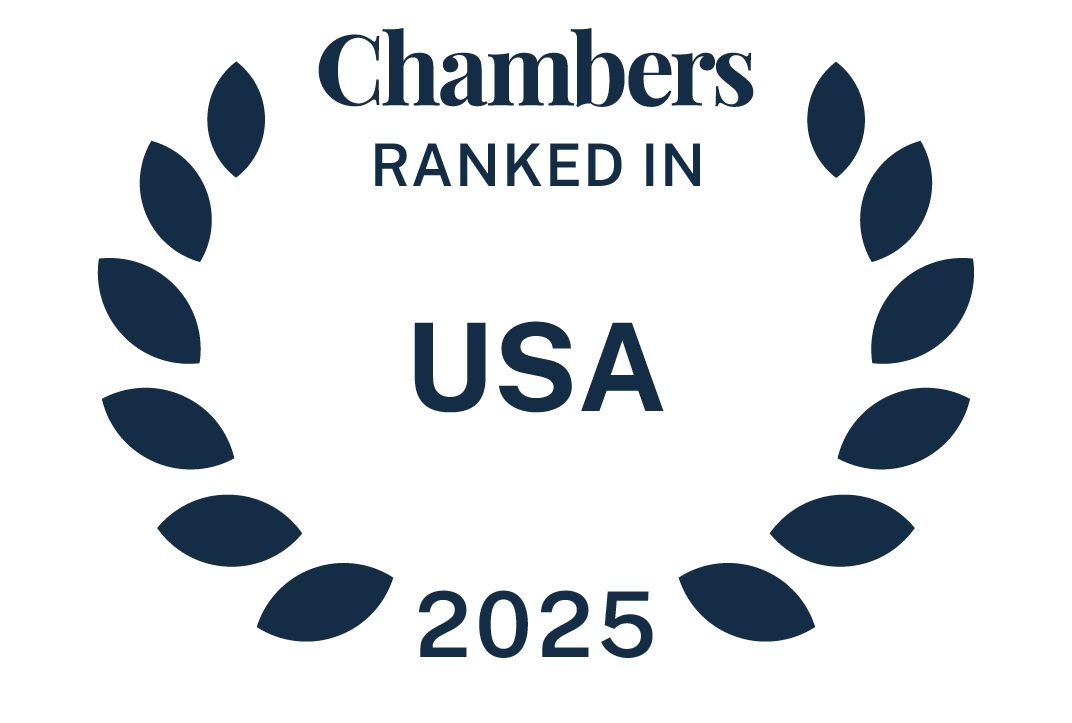Today, Assistant Attorney General Makan Delrahim announced a series of reforms with the express goal to resolve most merger investigations within six months of filing. The reforms seek to place the burden of faster reviews not only on the Antitrust Division of the Department of Justice (DOJ), but also on the merging parties.
The DOJ will require fewer custodians, take fewer depositions, and commit to shorter time-periods in exchange for merging parties providing detailed information to the DOJ early in the investigation in some cases before a Hart-Scott-Rodino (HSR) filing is made. AAG Delrahim believes that merging parties need to avoid “hid[ing] the eight ball” and work with the DOJ in good faith to remedy transactions that raise competitive concerns.
By announcing these reforms, the DOJ acknowledges that merger reviews are taking longer in recent years. AAG Delrahim cited a recent report noting that the length of merger reviews has increased 65 percent since 2013 and that the average length of a significant merger review is now roughly 11 months. AAG Delrahim believes an assortment of factors contribute to the increasing length of reviews including larger quantities of documents produced during a Second Request, increasing numbers of transactions with international implications, and the DOJ’s insistence on an upfront buyer for most consent orders.
Recognizing that longer reviews can be financially demanding for merging parties and a significant drain on DOJ’s resources, the DOJ endeavors to shorten the length of reviews through a variety of measures. The key reforms announced today are outlined below.
- Early Meeting with the Front Office – AAG Delrahim vowed that “the Antitrust Division Front Office will be open to an initial, introductory meeting” and expects that these meetings will include key executives from the relevant business to discuss the deal rationale and any other important factors.
- DOJ Will Publish a Model Voluntary Request Letter – By publishing a Model Voluntary Access Letter the DOJ expects that merging parties will be able to provide key information relevant to their investigation within the first few days after filing or before the filing.By accessing this key information sooner rather than later in the initial waiting period, the DOJ hopes to be able to narrow the scope of concerns before a Second Request or close the investigation more efficiently.
- Pull-and-Refile Accountability – Parties often pull-and-refile their HSR filing before the expiration of the initial 30-day waiting period to provide the DOJ additional time for investigation.AAG Delrahim announced a new system within the Antitrust Division to ensure that an investigative plan is in place to maximize use of the additional time provided by a pull-and-refile.
- DOJ Will Publish a Model Timing Agreement – Timing agreements allow merging parties and the DOJ to set deadlines for Second Request compliance and the completion of the DOJ’s investigation.By publishing a model timing agreement, the DOJ is seeking to minimize the time spent on negotiating the timing agreement and allow the parties and the DOJ to focus on substantive issues.
- Aligning Timing Agreements with HSR Act – AAG Delrahim acknowledged that “timing agreements are a deviation from the process that Congress outlined in the HSR Act, which sets a deadline of 30 days for the Division to decide once the parties certify compliance with the second request.”AAG Delrahim declared that the DOJ will reform its Model Timing Agreement to “narrow potential areas of disagreement, facilitate more efficient reviews, and bring the process closer in line with the HSR Act.” Specific examples of expected reforms include:
1. fewer custodians (DOJ assumes that 20 custodians per party will be sufficient);
2. fewer depositions (DOJ generally will not seek more than 12 depositions); and
3. shorter time from compliance to a decision (no longer than 60 days from compliance).
In exchange for the limited custodians and timing, the DOJ expects that the merging parties will:
1. provide a “robust” early production of documents and data during the compliance period to allow the DOJ to begin its review earlier;
2. avoid “privilege log gamesmanship” (initially withholding documents as privileged and then removing the designation and producing the documents on the eve of a deposition); and
3. allow for a longer post-complaint discovery period in those cases in which DOJ seeks to block a transaction in federal court.
- More Aggressive Enforcement of Civil Investigative Demand (CID) Compliance – The DOJ often uses CIDs to obtain information from third parties that is relevant to its merger investigations.Because third parties often do not have an interest in the merger, compliance with CIDs is often slow and incomplete. Going forward, the DOJ plans to hold CID-recipients to the deadlines and specifications included in the CID and “will not hesitate to bring CID enforcement actions in federal court.”
- Improved Coordination with Foreign Enforcers – The DOJ is seeking ways to improve its coordination with foreign enforcers and is asking merging parties to consider aligning time periods with other jurisdictions.
- Withdrawing the 2011 Remedies Guide – AAG Delrahim announced that the DOJ is withdrawing its 2011 Policy Guide to Merger Remedies and that the 2004 Policy Guide to Merger Remedies will be in effect until further guidance is released.The 2011 Policy Guide published under the Obama administration allowed for greater flexibility for conduct remedies than its 2004 predecessor. This withdrawal doubles down on the DOJ’s strong preference for structural remedies under the Trump administration.
- Release of Merger Review Statistics – Going forward, the DOJ will release statistics showing how long the DOJ is taking to review mergers, including the average duration of second request investigations and average time from the opening of a preliminary investigation to the closing of the investigation.
Overall, this is an encouraging development, but we will need to see how the announced changes are implemented to understand whether they are successful at the DOJ. At the same conference where Delrahim spoke, Joe Simons, the Chairman of the Federal Trade Commission (FTC) was asked whether the FTC would implement similar changes for merger reviews. Simons said that the FTC does not have any plans to implement similar changes, but does plan to study internally how long merger reviews take and whether there are any best practices the FTC can implement to improve the merger review process.



